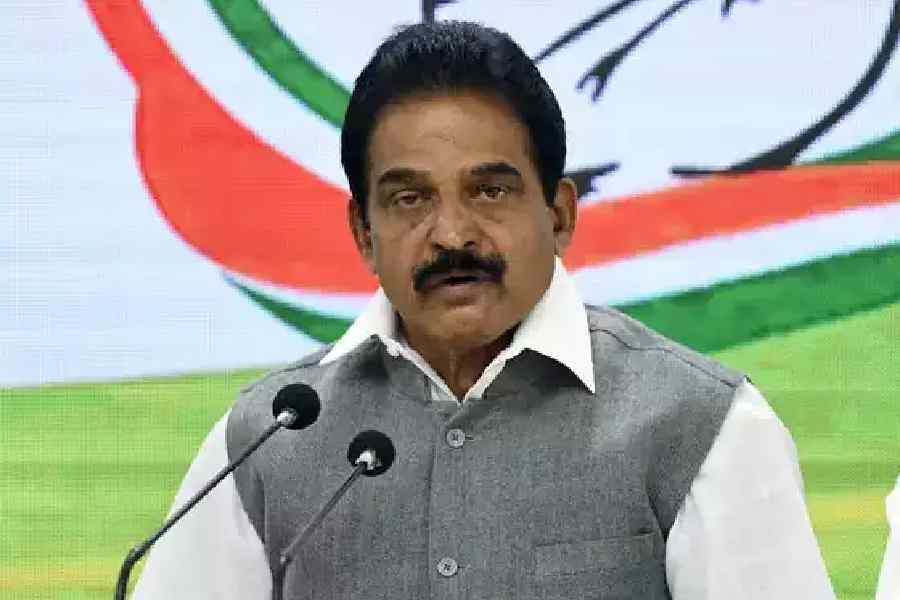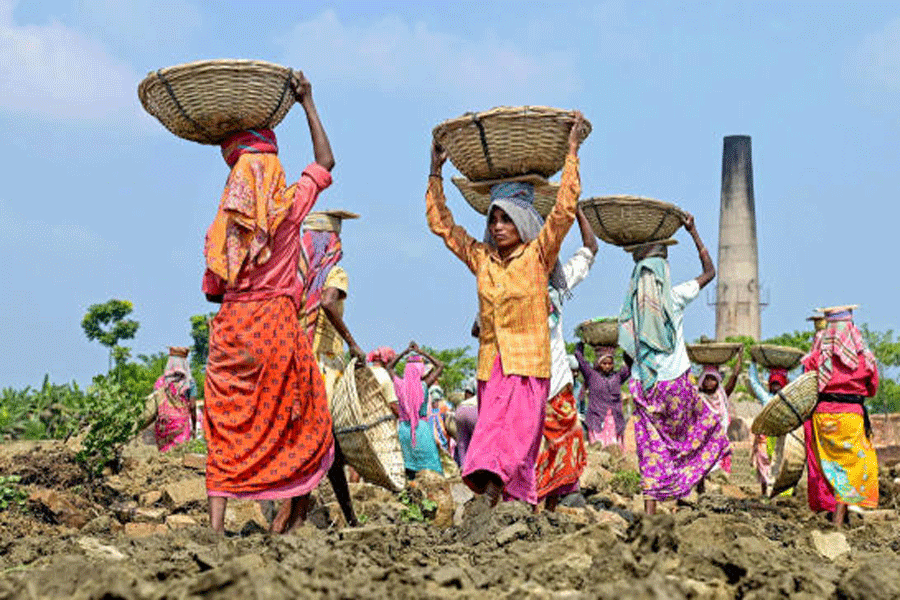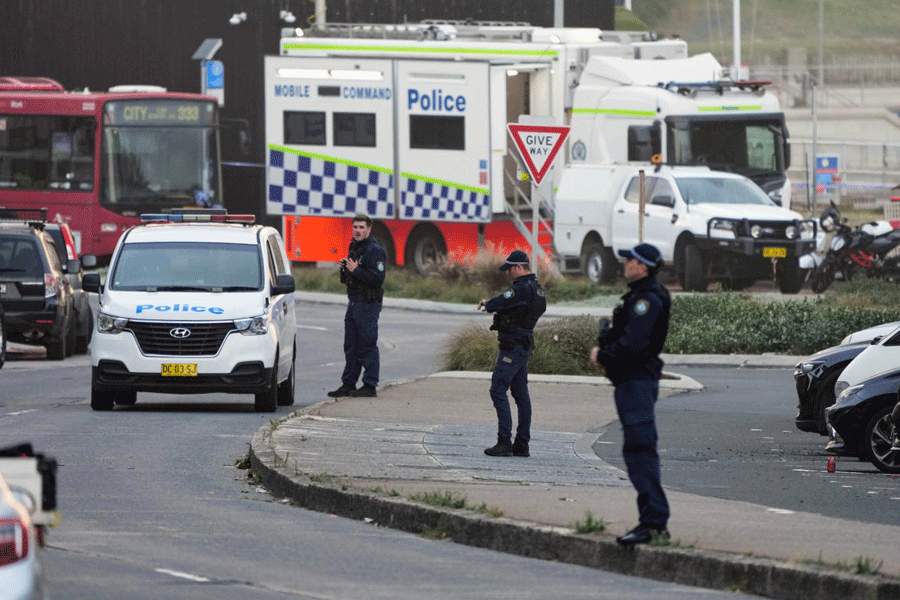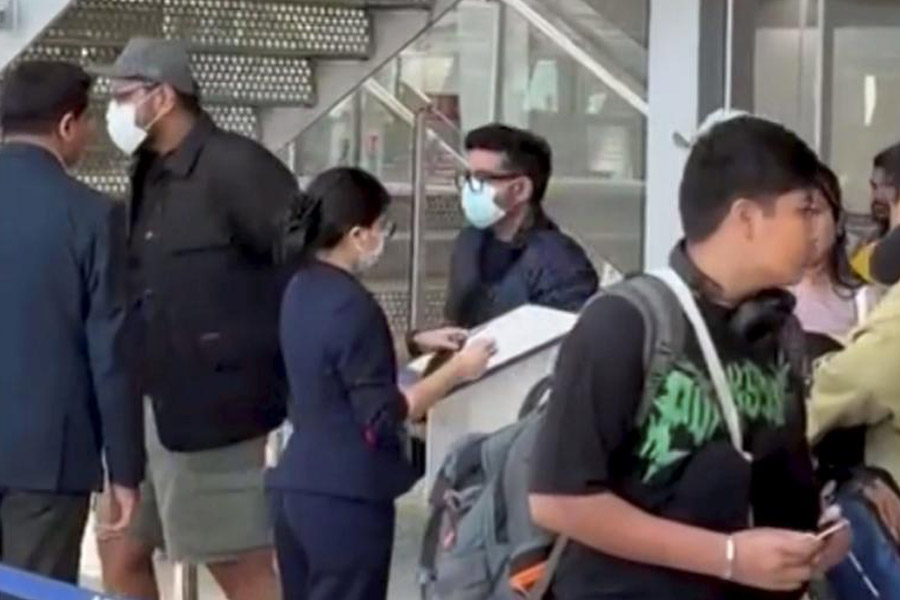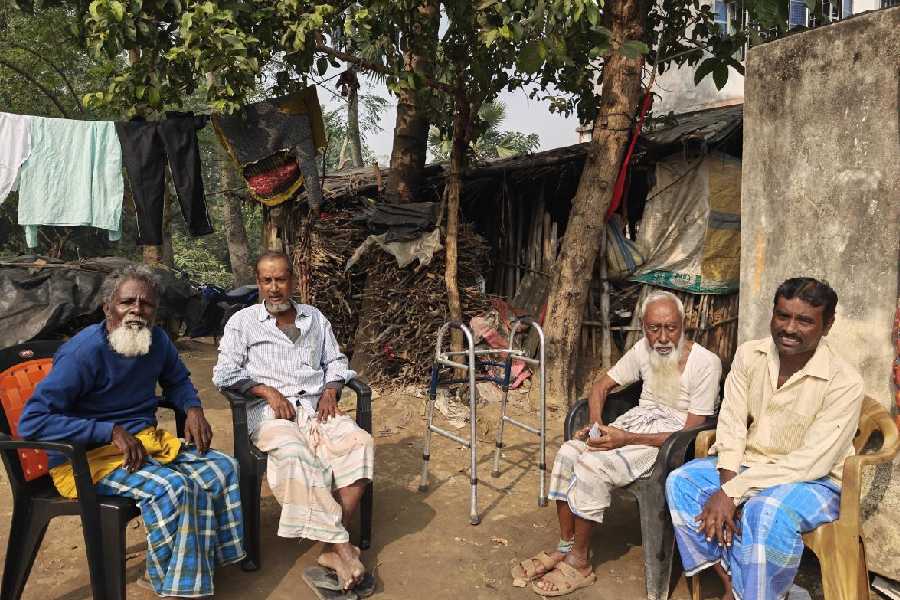
Calcutta: The Centre will come out with a policy to explore shale gas from a coal bed methane (CBM) field, benefiting states such as Bengal, having large deposits of coal and CBM, to a great extent.
Mahendra Pratap, deputy director-general (exploration) of the Directorate General of Hydrocarbons, said has the policy is likely to be announced this month.
"It is at an advanced stage. It is likely to happen by this fiscal, means in March only," he said on Monday.
Pratap said an extensive study would also be carried out to ascertain the potential reserves of shale gas that is estimated to be 6 trillion cubic foot (tcf) to 96tcf.
"It is as wide as that and both the numbers may be incorrect. We need to do an extensive study," Pratap, who was in Calcutta, said.
Two out of the only three producing blocks of CBM in the country are located in Bengal, operated by Essar and Great Eastern Energy Corporation Ltd.
Vilas Tawde, managing director of Essar Oil & Gas Exploration, said they were keen to extract shale gas from the company's Ranigunj CBM block.
According to him, the block may have reserves of 8tcf and a recoverable reserve of 1.5tcf. "Excellent synergy is possible between our CBM and shale gas operation. We have already discussed the matter in the steering committee of the block. We are awaiting government policy announcement on this," Tawde said.
Shale gas is extracted by using water under high pressure to force open fissures in rocks - the fracking process - and obtain the gas.
Water is critical to shale gas and is a byproduct of CBM, which is obtained by removing water from the bore holes used to extract methane.
"There are many complementarities between two processes. While 80 per cent of shale gas is extracted within two years of the start of production, CBM takes time to ramp up. We can use the water extracted from CBM for the fracking of shale gas. By this way, we don't have to draw down from Damodar," Tawde explained.
Y.K. Modi, executive chairman of GEECL, said it would wait for the government to come out with the policy before deciding on the next move on shale gas.
GAIL pipeline
GAIL is going to connect the gas fields of Essar and GEECL with a national grid, named "Urja Ganga", allowing the producers from Bengal to sell the gas anywhere in the country.
The pipeline connecting Durgapur with Dobhi, near Gaya, will be the main artery and ready by the end of this year.
Spur lines to Haldia, Calcutta, Dhamra (Odisha) are expected by 2020. Essar has agreed to sell its entire production to GAIL from the middle of March at a price to be negotiated monthly and benchmarked against Brent crude .
Once the pipeline reaches Calcutta, city-gas distribution will be possible converting public transport to clean natural gas from polluting diesel. "There will be no dearth of gas. Essar will ramp up to 2.3 million standard cubic meter gas per day from 1 mmscmd. Other producers will also increase production. A gas-based economy will develop in eastern India," Tawde said.
However, Essar is unable to sell part of its production now as its biggest customer Matix Fertiliser is not lifting gas. The company has capped production at 0.5 mmscmd, half of which is being flared due to lack of demand. So far the company had to burn gas worth Rs 400 crore from the start of production as the user industry is still wary of converting from traditional fuel to gas.
The marketing of Essar gas will be taken over by GAIL, once a pact is signed. The PSU will manage the existing 62-kilometre network that Essar has set up. By the end of the year, the gas can be sold anywhere if a market is not found in Bengal.


